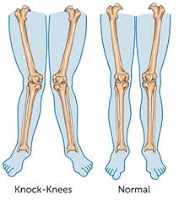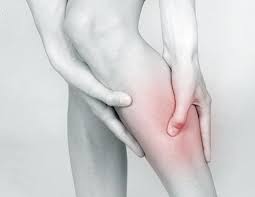Foods That Help With Anxiety

Anxiety is the worst! Everyone suffers from occasional anxiety, but anxiety disorders are the most common mental illness in America according to the ADDA (Anxiety and Depression Association of America). The sad thing is that anxiety disorders are highly treatable, but less than 40% of sufferers seek help. Don't contribute to that statistical fact! Therapy and medications can be incredibly helpful, but don't discount the alternative treatments that are available. Most people know that massage is know to reduce anxiety, lower blood pressure and generally give the mind and body an overall sense of wellness, but there are also some specific foods that are surprising helpful as well. Anxiety is caused in part by an imbalance of neurotransmitters. These are chemical messengers that play a role in mood regulation. Eating anxiety fighting foods can help lower the severity of anxious feelings by balancing the chemistry in your body. Red Wine - No more than 2 glasses a day! Dark ...









